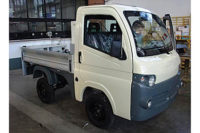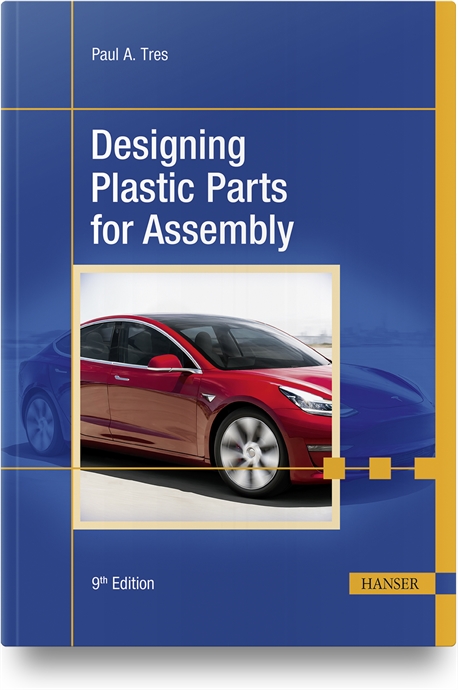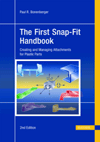
To encapsulate auto parts, 180 milliliters of polyurethane encapsulant is automatically and accurately dispensed into the electronic enclosure. Photo courtesy Hilger u. Kern/Dopag Group
Satrotec AG, an international company located in Dielsdorf, Switzerland, produces high-voltage wiring and diagnostic cables. Recently, a well-known European hybrid car manufacturer asked Satrotec to produce a high-voltage wiring system inside an encapsulated electronic enclosure. For the encapsulating portion of the system, Satrotec consulted with the Hilger u. Kern/Dopag Group, which manufactures metering and mixing systems.
To encapsulate the assembly, the automaker specified 180 milliliters of proportioned and mixed polyurethane encapsulant be automatically and accurately dispensed into the electronic enclosure. The polyurethane was a two-component material with a mixing ratio of 100-to-44 by volume.
To process the polyurethane, Satrotec used a Dopag ELDO-MIX 101 gear-type metering, mixing and dispensing system. Satrotec also overmolded the enclosure with thermosetting plastic to provide additional protection for the electronic systems from water, dirt and vibrations.
After an automation cell was constructed to accommodate five electronic enclosures, the dispensing system was fitted with volume counters on both the base and catalyst lines to ensure that the precise volume was metered into each component.
Once the enclosures are placed into fixtures, the encapsulation process begins. A bar code reader automatically scans each assembly to verify that the correct part is present. Next, 90 percent of the total volume of required mixed material is dispensed into each enclosure.
Following a pause to allow the encapsulant to settle, the remaining 10 percent is dispensed into the enclosures. After 90 minutes, the devices are removed from the fixtures, and the cycle is repeated.
The dispensing system features a PLC controller, two pressure vessels and two gear pumps powered by three-phase asynchronous motors. Vessels supply material to the pumps, which then proportion it at a preselected ratio. Flow rate is 10 milliliters to 1.2 liters per minute, depending on mixing ratio and viscosity.
The dispensing system is fitted with a static mixer that includes a twin snuffer valve combined with a disposable static mixer. Mixing ratio ranges from 1-to-1 to 100-to-10, by volume. Maximum working pressure is 100 bar.
For more information on metering and mixing systems, call 513-881-6370 or visit www.dopag.com.




